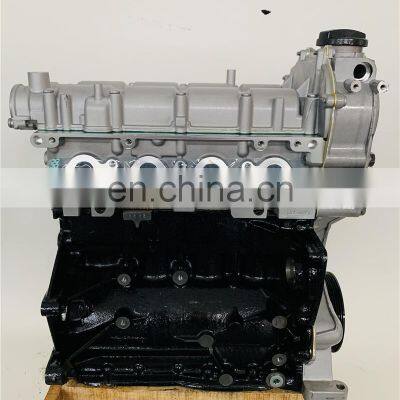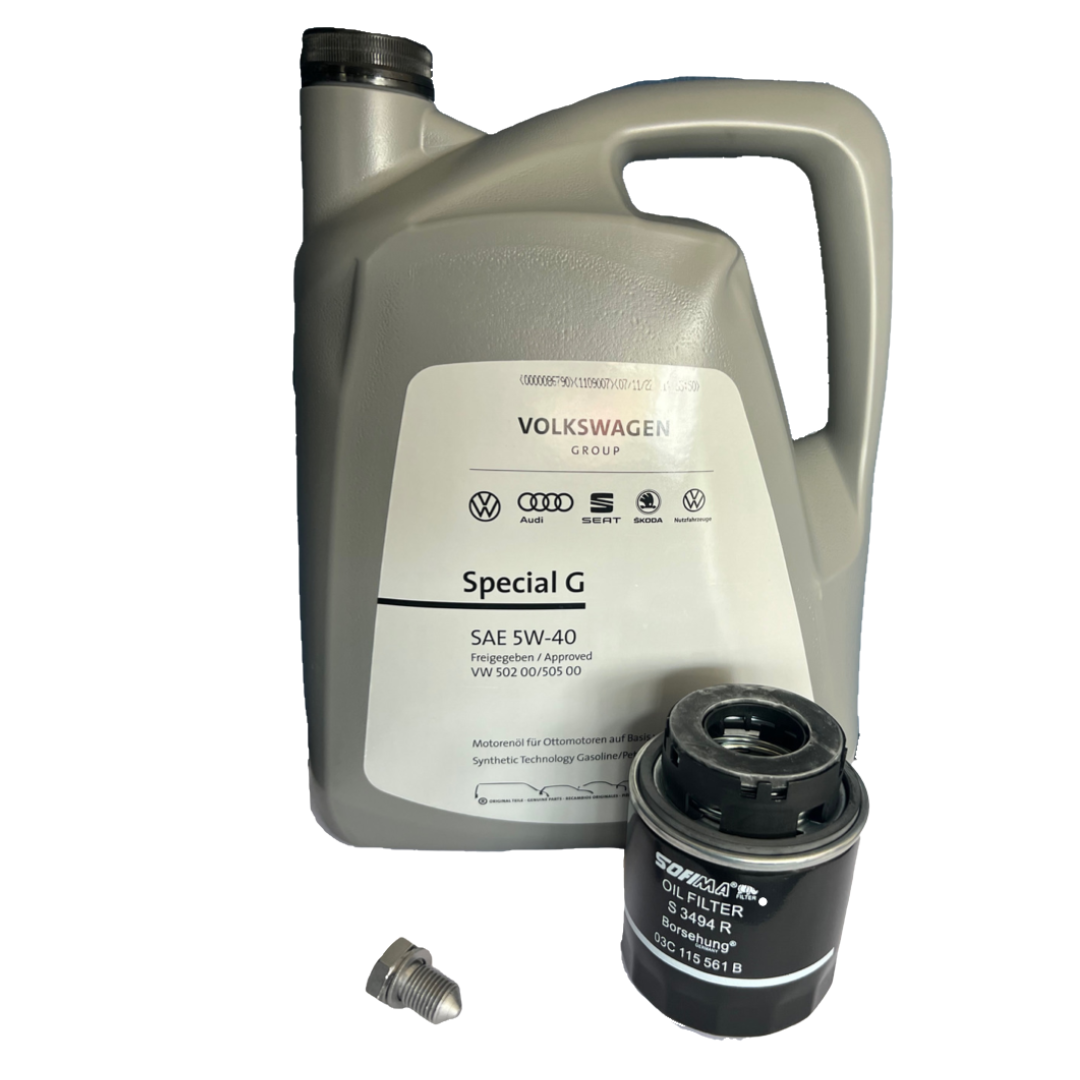Discovering the Innovations Behind the Clp Engine Modern Technology and Its Influence
The innovations in CLP engine innovation represent a substantial evolution in auto engineering, noted by advancements that enhance both performance and ecological sustainability. What difficulties and opportunities exist ahead as this modern technology continues to progress?
Introduction of CLP Engine Innovation
The CLP engine technology represents a considerable advancement in the field of engine design and effectiveness. This cutting-edge technology concentrates on maximizing internal burning procedures to boost performance while lessening ecological impact. By utilizing innovative materials and precision design techniques, CLP engines accomplish reduced emissions and improved gas economy compared to traditional engine styles.
A crucial attribute of CLP technology is its modular building, enabling for less complicated integration into different lorry systems. This versatility not only satisfies various market needs but also helps with fast advancements in the engine's capabilities. clp engine. The design of the CLP engine sustains greater compression proportions and boosted thermal efficiency, adding to much better total efficiency metrics
Additionally, the CLP engine integrates innovative digital control systems that enable real-time changes to sustain injection and ignition timing. As the vehicle market relocations toward more stringent emissions policies and customer demands for sustainability, CLP engine innovation stands out as a promising service.
Trick Developments in Style
Utilizing sophisticated engineering concepts, CLP engine innovation presents numerous key advancements in design that significantly improve performance and efficiency. One notable innovation is the assimilation of sophisticated materials, which enhances weight reduction while maintaining structural honesty. This is achieved through using high-strength alloys and compounds that stand up to extreme temperature levels and pressures, therefore enhancing overall sturdiness.
An additional essential advancement exists in the engine's modular style. This design permits simpler upkeep and upgrades, promoting long life and flexibility to emerging technologies. The modular system simplifies the replacement of parts, decreasing downtime and functional expenses for customers.
Additionally, CLP innovation integrates sophisticated computational fluid characteristics (CFD) modeling strategies during the style phase (clp engine). This strategy help in forecasting air flow patterns and enhancing combustion chamber forms, which results in an extra reliable fuel-air blend and improved burning procedures
Additionally, the implementation of clever sensing units throughout the engine assists in real-time surveillance of various criteria, making it possible for proactive upkeep and improved operational insights. With each other, these innovations reflect CLP's commitment to pushing the boundaries of engine layout, establishing brand-new benchmarks in the automobile and aerospace sectors.
Efficiency and Effectiveness Advantages
Constantly, CLP engine innovation provides impressive efficiency and effectiveness advantages that redefine industry standards. The cutting-edge design of the CLP engine boosts combustion efficiency, causing exceptional power output while lessening gas consumption. This optimization is attained with sophisticated fuel shot systems and accurate timing mechanisms, enabling more complete burning and reduced power loss.
Moreover, the lightweight materials made use of in the building of the CLP engine add to a considerable reduction in total engine weight. This not only enhances the power-to-weight ratio yet also enables much better velocity and responsiveness, improving the content driving experience. The engine's sophisticated thermal administration systems better ensure optimum operating temperature levels, giving regular performance throughout varying problems.
In addition, CLP technology integrates advanced control systems that adapt to driving patterns in genuine time, enhancing gas effectiveness without compromising on power delivery. As an outcome, customers take advantage of longer functional arrays in between refueling and lower overall operating expense. By incorporating these advancements, CLP engine modern technology not only meets but surpasses the assumptions of modern performance and efficiency, setting a new criteria in the auto and industrial markets.

Environmental Impact and Sustainability
With advancements in performance and performance, CLP engine technology additionally prioritizes ecological influence and sustainability. This ingenious engine layout aims to minimize damaging exhausts while improving company website fuel economy, straightening with international efforts to deal with climate modification and advertise cleaner energy solutions. By including sophisticated products and design methods, CLP engines minimize power loss and optimize burning procedures, resulting in reduced co2 and nitrogen oxide emissions.
Additionally, the CLP engine modern technology emphasizes using renewable gas and alternate power sources, additionally adding to its sustainability account. By assisting in a transition from typical fossil fuels to much more sustainable options, the modern technology supports a circular economic climate and reduces reliance on depleting sources.
The integration of innovative monitoring systems enables real-time assessment of emissions and performance, enabling operators to make informed choices that boost the engine's environmental impact. The growth of CLP modern technology not only mirrors a commitment to development however also addresses journalism need for ecologically liable options in the transport market. Ultimately, the CLP engine technology exhibits a forward-thinking technique that harmonizes efficiency with ecological considerations, leading the way for a more lasting future.

Future Trends and Developments
The advancement of CLP engine innovation is positioned to accept a variety of future fads and advancements that will certainly additionally boost its performance and sustainability. Secret among these patterns is the assimilation of artificial intelligence (AI) and artificial intelligence, which will optimize engine performance with anticipating upkeep and real-time visit homepage surveillance. This technological improvement aims to lower downtime and boost functional performance.
Another considerable growth is the transition in the direction of alternative gas, including hydrogen and biofuels, which lines up with international sustainability goals. Study is underway to adapt CLP engines to operate successfully on these cleaner energy sources, lowering greenhouse gas discharges considerably.
Furthermore, innovations in materials science are anticipated to lead to making use of lighter and extra resilient products, boosting the overall performance of CLP engines while lowering gas consumption.
Finally, the raising focus on electrification within the transportation market will likely cause hybrid CLP engine systems, combining conventional burning with electrical propulsion to supply greater versatility and minimized ecological influence. Collectively, these trends suggest a transformative future for CLP engine innovation, boosting its duty in a more sustainable energy landscape.
Verdict
To conclude, CLP engine technology stands for a significant development in vehicle design, defined by improved efficiency, performance, and sustainability. The assimilation of innovative products, modular style, and real-time surveillance systems, along with the unification of AI and artificial intelligence, assists in enhanced engine performance. In addition, the dedication to eco-friendly gas and electrification highlights an aggressive strategy to ecological obligation. As the industry continues to develop, CLP technology will play a pivotal role in shaping the future of sustainable power options.
Comments on “Maintain smooth operations with a properly serviced clp engine.”